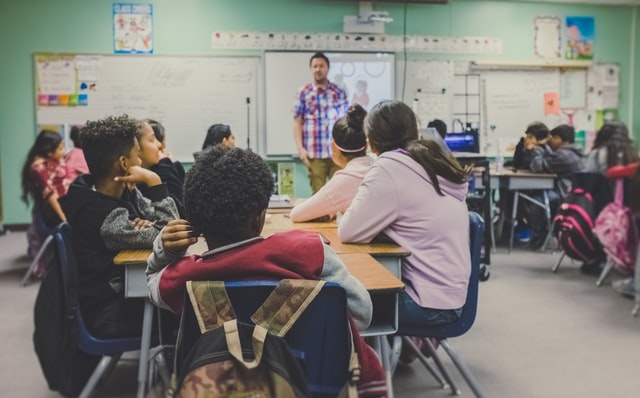Dual language and immersion (DLI) programmes in the USA are now more prevalent than ever, as reported by Axios.com, with over 3,600 now operating, a jump from roughly 1,000 in 2010.
By far the largest number are Spanish-English, with 2,936, followed by Chinese (312) and French (182). In all there are 27 such programmes, including a number in Native American languages. To be considered a DLI programmer, at least 50% of teaching must be in the non-English language. They are run in various ways. For instance, in some, native English speakers are also enrolled on the basis that they will learn the other language, while in others the total cohort might be native English speakers.
The states with the highest number of DLI programmes are California, Utah, Texas, North Carolina and New York.
Research has shown that school students who spent several years in DLI programmes achieved as well as and sometimes higher scores in all academic fields than their peers, and came away with the bonus of an additional language. This has led some, such as Lisa M Dorner, a researcher and associate professor at the University of Missouri, to ask, “Are we just creating programmes so that English-dominant [students] learn another language? Or are educators ensuring English learners have access and equity?”





